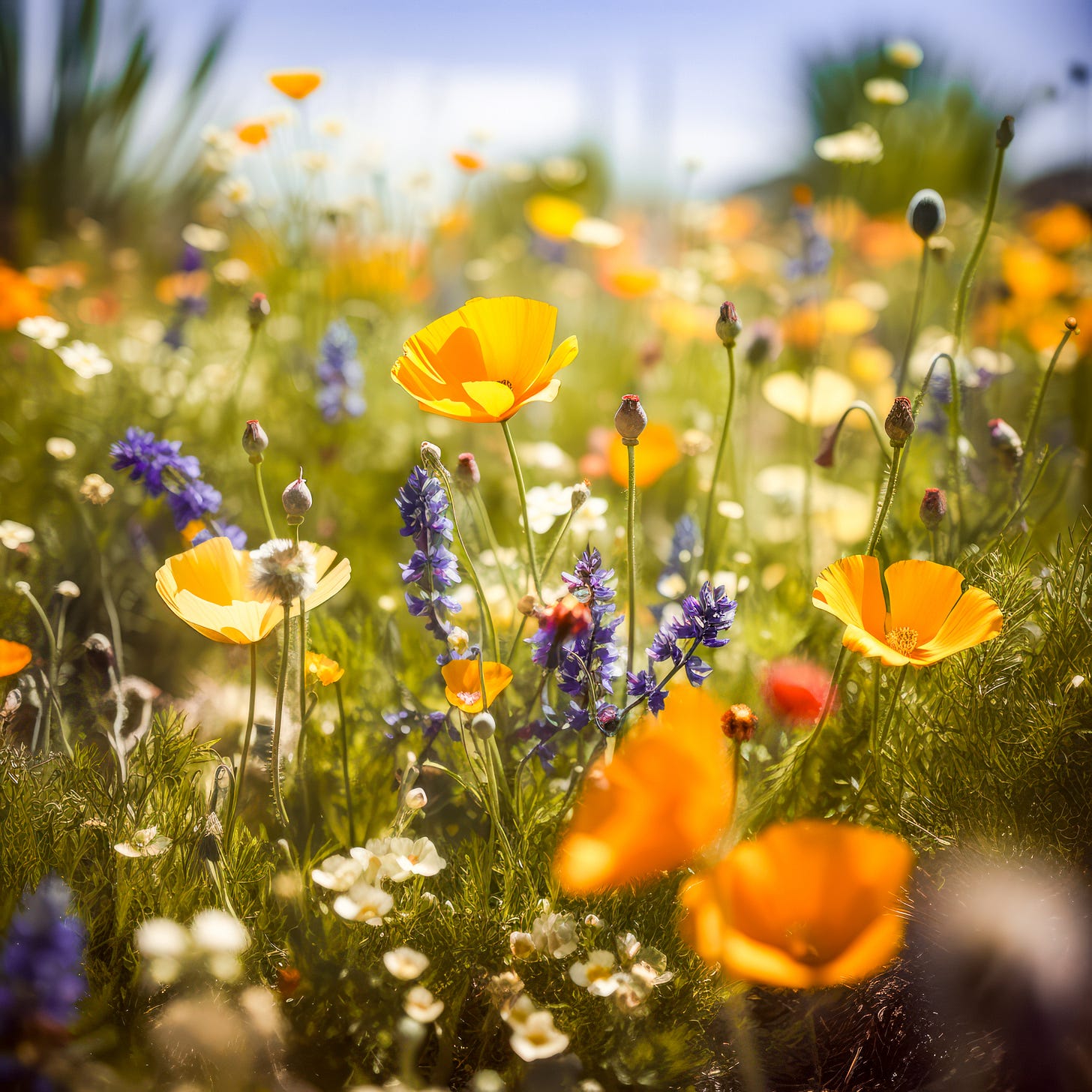The ugly duckling plant that bloomed
By Drew Tomasyan
NAPA, Calif. — It all started with an abandoned plant. Twelve years ago, as I was moving into my new home, I noticed a sad-looking plant in a plastic pot at the far end of the front yard. It looked like it had been out in full sun for quite a few days and was very dry.
Intrigued, I picked it up, watered it and put it in a shadier spot in the backyard. I tended it, still not knowing what it was, and then one day some growth appeared at the base of the stem. That growth turned out to be a flower sprout, and I was soon rewarded with an array of beautiful pink blooms. I had to find out what this plant was.
By chance I was visiting a relative in the Folsom area when, lo and behold, I saw that she had a lot of these plants. I finally found out that I had a cymbidium orchid. I know that for some people the mere word "orchid" conjures up visions of beautiful but fussy plants that are difficult to grow and get to rebloom. Not so with cymbidiums.
Cymbidium orchids are not finicky about their care as long as their basic needs are met. They need light but not direct sun (glad I rescued my plant). Mine are on a bench under the dappled shade of my crape myrtle tree. This placement provides enough shade in the summer, and when the crape myrtle loses its leaves in the fall and winter, the cymbidiums are able to take advantage of the gentler light.
Cymbidiums are fairly frost-tolerant, but if the temperature drops below 32° F, cover them with a tarp or move them to a more sheltered spot.
Cymbidiums like soil that is moist but not wet. Water about once a week in cool months; in summer, water every other day or daily if it’s hot. They like acidic, loamy, humus-type soil. The word to remember about proper soil is “loose.” A combination of fir bark, perlite, peat moss and other loose organic material will ensure good drainage. Commercial orchid mix works well, too.
I am not the best gardener when it comes to fertilizing my plants, which is a testament to my cymbidium’s hardiness. Use a weak solution of orchid fertilizer and follow package directions. Don't use a high-nitrogen fertilizer as this will promote leaf growth but little else.
What could be better than a beautiful orchid? More beautiful orchids, of course. We humans always want more of a good thing, which is easy to accomplish with cymbidiums.
Even though these plants can be grown from seed, this type of propagation is not my forte. The easiest way to get new plants is to separate the newer bulbs (which will develop in time) from the parent plant. This division is best done in the spring.
Separate plants by gently pulling, then making a clean cut away from the parent so the new division comes away with as many roots as possible. Put the new bulbs in clay pots. Don't water for a couple of weeks but mist frequently. When you see new growth beginning, water normally.
Cymbidium flowers develop on long sprouts and come in a wide variety of colors. Most common are pink, white, yellow and green. They can flower several times during the year, depending on the weather. Mine have flowered in January, February, March, April, July and September over the years.
After the flowers drop off, cut the sprouts at the base, which will encourage flowering later. Prune away any browning roots (not the whitish ones) and any leaves that are dying or dead.
Pests have not been a problem for me, but cymbidiums can get aphids, spider mites and scale. Usually a horticultural oil or neem oil provides effective control.
Cymbidiums are among the longest-living plant species, with many surviving 15 to 20 years. This longevity means you will have a steady supply of orchid offspring for your friends for years to come. They are truly the gift that keeps on giving.
It's hard to believe that my original orchid is still thriving, and I have had so many newer ones from that plant. With a little bit of care, a cymbidium will reward you many times over.
Food-growing forum: Join UC Master Gardeners of Napa County for a hands-on workshop on “The Fall and Winter Vegetable Garden” on Sunday, Aug. 13, from 3 to 4 p.m. at the University of California Cooperative Extension, 1710 Soscol Ave., Napa. Planning and some planting begins now if you want to harvest cool-season vegetables through fall and winter. Learn how to start vegetables from seed, transplant and harvest for best results. Register here.
Guided tree walk: Join UC Master Gardeners of Napa County for a free guided tree walk on Sunday, Aug. 13, from 10 a.m. to noon at Fuller Park, Oak and Jefferson streets, Napa. You must pre-register, and each person attending must register separately. Space is limited to 15 people. Register here.
Help desk: The Master Gardener Help Desk is available to answer your garden questions on Mondays and Fridays from 10 a.m. until 1 p.m. at the University of California Cooperative Extension Office, 1710 Soscol Ave., Suite 4, Napa. Or send your questions to mastergardeners@countyofnapa.org. Include your name, address, phone number and a brief description of the problem. For best results, attach a photo of the plant. You may also leave a voicemail message with the same information at 707-253-4143.
Drew Tomasyan is a UC Master Gardener of Napa County.






This well written story introduced an element of fun in learning about orchids
Congratulations to a first time writer in Master Gardeners. Good job